Home > Climate News >
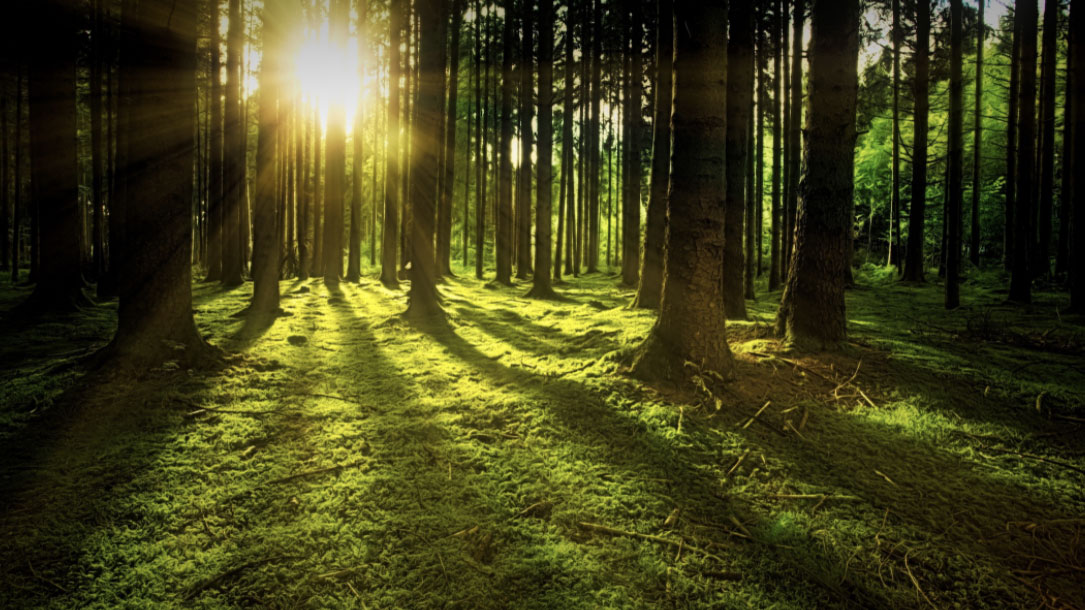
Finding the Mother Tree: An evening with Susan Simard
7:00-8:30 PM EST
In her first book, Finding the Mother Tree, Simard brings us into her world, the intimate world of the trees, in which she brilliantly illuminates the fascinating and vital truths — that trees are not simply the source of timber or pulp, but are a complicated, interdependent circle of life; that forests are social, cooperative creatures connected through underground networks by which trees communicate their vitality and vulnerabilities with communal lives not that different from our own.
The Western New York Land Conservancy is thrilled to host Dr. Simard for a live-streamed virtual event. Finding the Mother Tree: An Evening with Suzanne Simard will include a presentation on her pioneering work and a conversation.
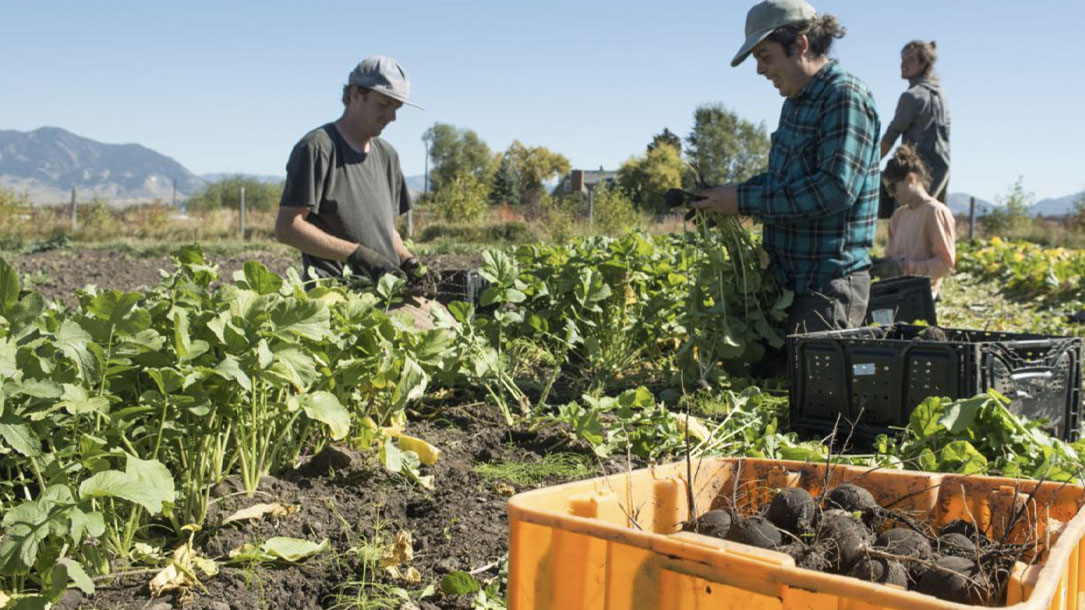
American Farmland Trust calls on the Biden administration to protect and conserve 30% of working farmland and ranchland to achieve 30×30
WASHINGTON, D.C. – Today, American Farmland Trust released “Agriculture’s Role in 30×30: Partnering with Farmers and Ranchers to Protect Land, Biodiversity, and the Climate” outlining agriculture’s critical role in the effort to “conserve at least 30 percent of our lands and waters by 2030” as put forth in the Biden administration’s January 27, 2021, Executive Order on Tackling the Climate Crisis at Home and Abroad. AFT’s recommendations make it clear that we urgently need to both permanently protect five percent of vulnerable working lands from being converted to development and support landowners’ voluntary efforts to implement conservation practices on an additional twenty-five percent of working lands, particularly in biodiversity hotspots, key connectivity corridors and areas with high carbon sequestration potential.

30 x 30: NRDC’S commitment to protect nature and life on earth
“To prevent mass extinctions and bolster resilience to climate change, scientists warn that we must protect at least 30 percent of our lands, rivers, lakes, and wetlands by 2030. At the same time, we must also fully and highly protect at least 30 percent of our oceans by 2030 to help safeguard marine ecosystems and fisheries that provide food, jobs, and cultural sustenance to billions around the world.
We have the tools to create a better, healthier future for our planet—and ourselves—but we must act now…”

Responding to climate change: Website stories
Does your local land trust want to inspire people and community members to think about, and address, climate change?
Perhaps a dedicated page on its website would help — one that talks about the challenges and solutions. Check out Maine Coast Heritage Trust’s webpage, and see what you think.
It’s also critical that when people search for ‘land trusts + climate change,’ that they can find your land trust’s website.
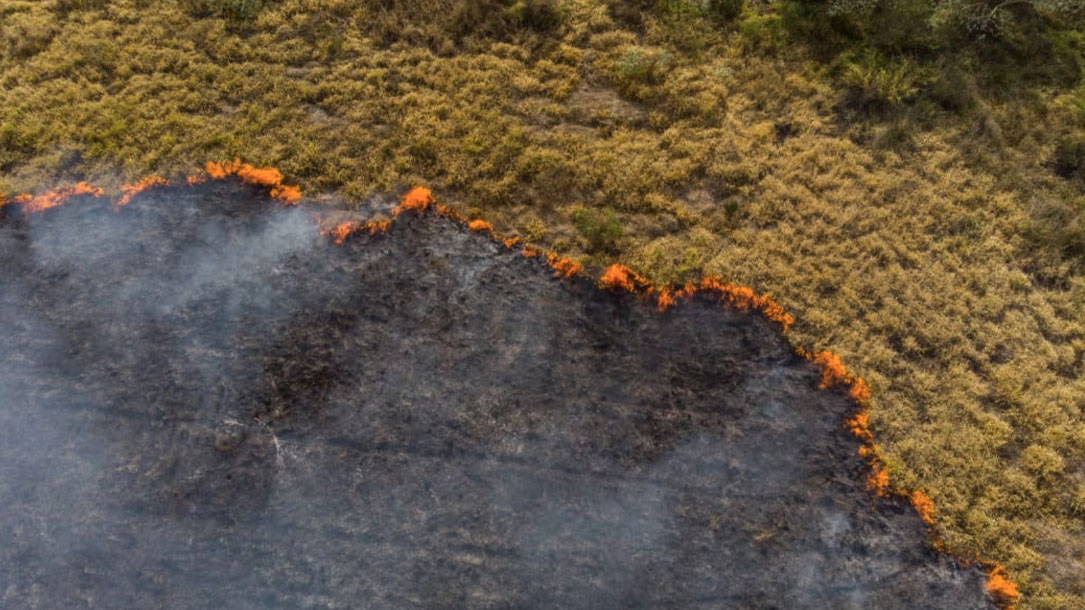
Grassroots 2021: Katharine Hayhoe on starting a climate change dialogue
It’s about connecting the dots between climate change and existing priorities.
According to climate scientist Katharine Hayhoe, the most important thing we can do to fight climate change is simple: talk about it.
Hayhoe brought her specific brand of climate activism to AIA’s 2021 Grassroots Conference, the most-attended event in Grassroots history with over 970 participants. She addressed how to help people (and clients) understand the pressing need to address climate change before it is too late to course-correct…

Crystal Spring Farm Community Solar Project
For the [over] 25 years BTLT has owned and managed Crystal Spring Farm, a 331-acre property dynamic in its agricultural impact, community programs, recreational opportunities, and ecological value. As BTLT staff and resources have grown, so has our capacity to manage the many aspects of this incredible property…
Capacity: 78.65 Kilowatts (KW), 286 photovoltaic solar panels, 275 watts/panel
Host: Crystal Spring Farm, with concurrence of the Brunswick-Topsham Land Trust (landowner).
Participants: Crystal Spring Farm plus seven other Brunswick families without access to solar electricity where they live.

The right trees for the right time: Speakers to focus on forest resiliency amid climate change
New approaches to forest management — that can help maximize ecosystem resiliency in changing climate conditions — will be the focus of four talks being offered in conjunction with a recently announced project in the Hoffman Evergreen Preserve in Stonington, Connecticut.
The next two talks (out of a series of four) will be on May 12 and June 9. Registration is free.
Sponsored by the Avalonia Land Conservancy, Connecticut Sea Grant and UConn CLEAR (Center for Land Use Education & Research), the talks will give municipal officials, resource managers, land trust members, tribal leaders, private forest owners, students, teachers, and others the chance to learn from experts about climate change effects on northeastern forests and strategies to enhance their ability to adapt…
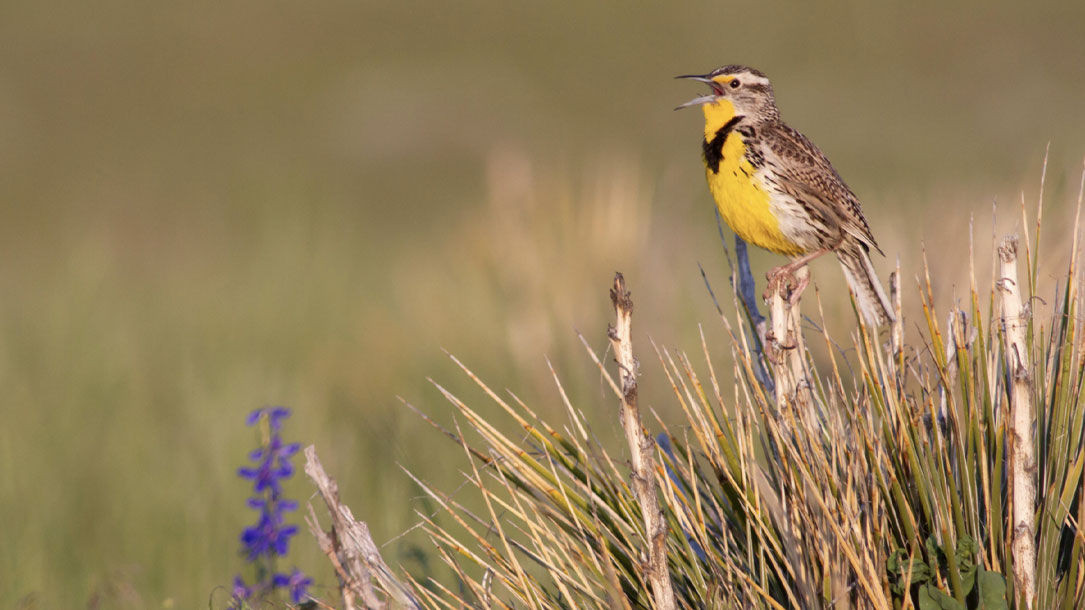
Conservation Ranching: Empowering consumers to make a difference in grassland conservation
“Grassland birds have suffered an unparalleled decline over the past half century, stemming from widespread development of North America’s grasslands. This calls for Audubon’s action. To combat the negative effects of grassland degradations—and to keep grass on the landscape—Audubon has developed the Conservation Ranching Initiative. This market-based conservation approach offers incentives for good grassland stewardship through a certification label on beef products. For the first time, consumers can contribute to grassland conservation efforts by selectively purchasing beef from Audubon-certified farms and ranches…”
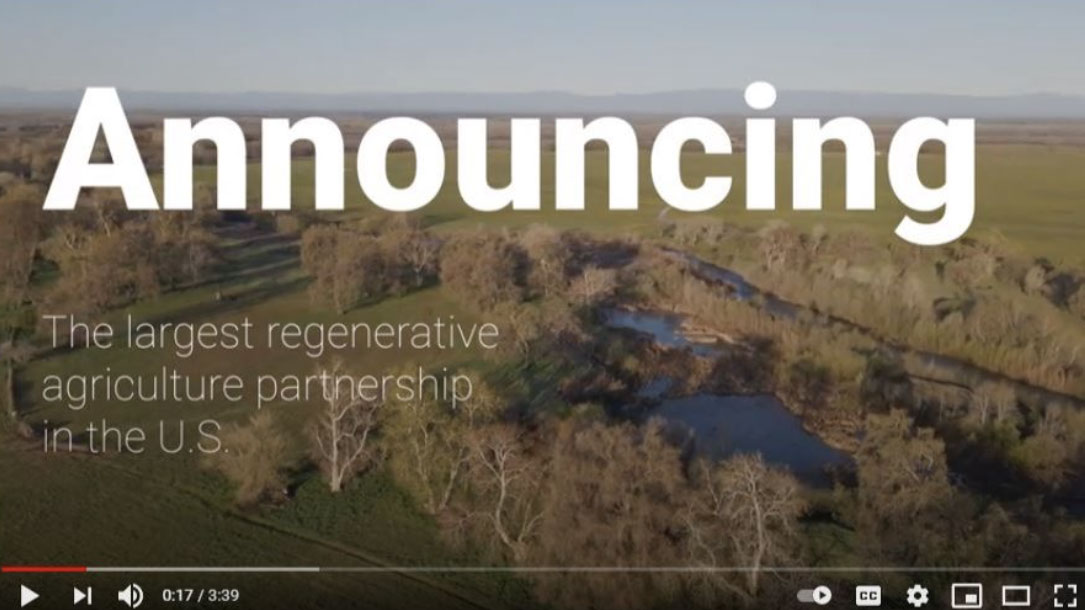
Largest market-based regenerative grasslands partnership in the U.S.
Panorama Organic Grass-Fed Meats to certify one million acres of wildlife habitat with the National Audubon’s Conservation Ranching Initiative.
The Audubon Conservation Ranching Initiative seeks to enhance the stewardship of grasslands for the benefit of birds. Birds have suffered significant decline over the past 50 years due to loss of U.S. grasslands to widespread development.
This initiative empowers consumers to support programs that restore bird populations via conservation practices by selectively purchasing beef nationwide from Audubon-certified farms and ranches, including Panorama Organic and other participating brands. The Audubon certification seal carries broad market appeal among consumers who care about the environment.
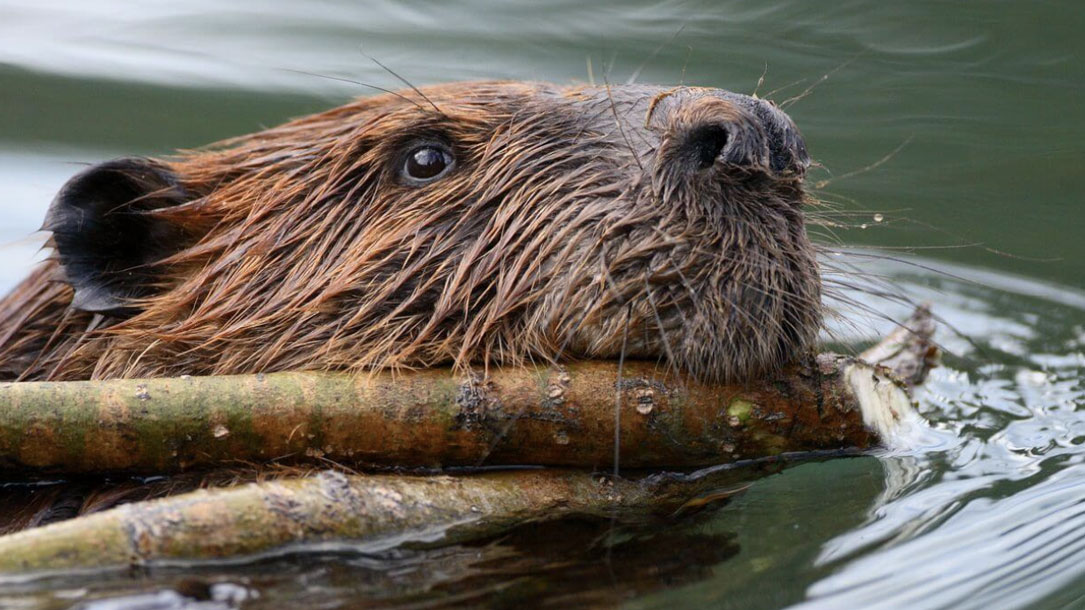
Eastern Wildway
“…Today, we continue making significant progress toward creating a continental-scale Eastern Wildway—an extensive wildlife corridor linking eastern Canada to the Gulf of Mexico. In October 2019, Wildlands Network released a Eastern Wildway map, representing a major step forward in realizing a vision of connectivity for this region. The map comprises a network of habitat cores—large natural areas, in dark green—and corridors—linkages between the cores, in light green, and integrates a wide range of existing data sets and input from state and federal agencies, other NGOs, and academic researchers and expert conservationists…”












